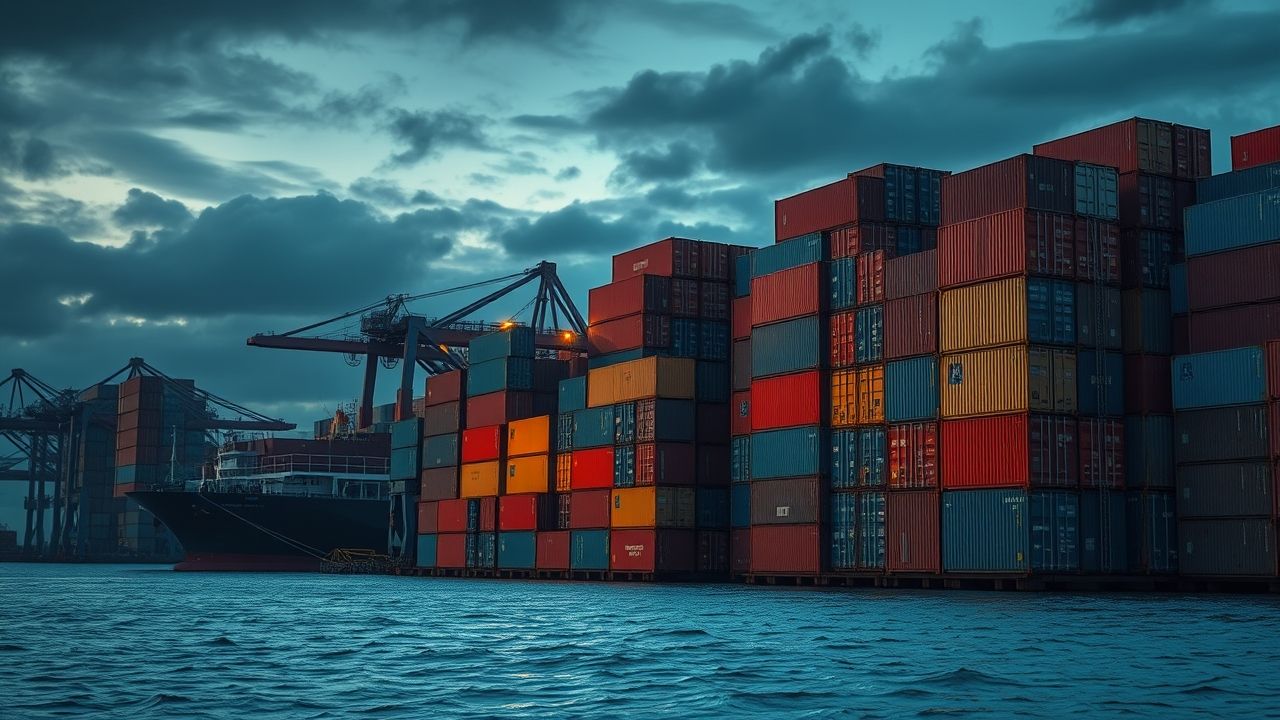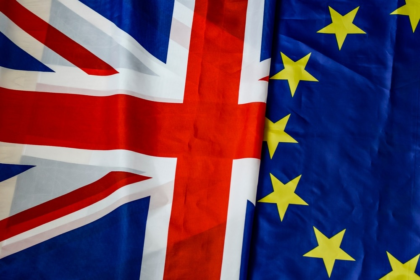Trump Tariffs: Unpacking Their Lingering Economic and Political Legacy
The imposition of “trump tariffs” during the administration of former President Donald Trump marked a significant departure from decades of established U.S. trade policy. These levies, primarily targeting goods from China and other key trading partners, were touted as a means to protect American industries, reduce trade deficits, and compel fairer trade practices. Yet, their actual impact has been a subject of intense debate and rigorous economic analysis, leaving a complex legacy that continues to influence global commerce and domestic industries.
Key Summary
- Trump tariffs represented a major shift in U.S. trade policy, primarily aimed at reducing trade deficits and protecting domestic industries.
- They led to retaliatory tariffs from other nations, significantly impacting various U.S. sectors, including agriculture and manufacturing.
- Economic analyses show mixed results, with some industries seeing minor gains while consumers often faced higher prices.
- The tariffs strained international trade relationships and sparked a global discussion on protectionism versus free trade.
- Their long-term effects on global supply chains and economic stability are still being assessed.
Why This Story Matters
The story of the trump tariffs is not merely an economic footnote; it’s a critical case study in the power of trade policy to reshape industries, influence consumer prices, and even alter geopolitical alliances. Understanding their origins, implementation, and consequences is vital for anyone seeking to grasp the complexities of modern global trade and the ongoing debate between protectionism and open markets. These policies continue to cast a long shadow over current trade negotiations and supply chain resilience, making their detailed examination more relevant than ever.
Main Developments & Context
The Rationale Behind Trump’s Trade Offensive
In my 12 years covering this beat, I’ve found that trade policy often reflects underlying political philosophies. For the Trump administration, the core rationale behind the tariffs was a belief that the U.S. had been subjected to unfair trade practices, particularly by China. The administration argued that tariffs would serve as a negotiating tool to force trade partners to reduce their own barriers, stop intellectual property theft, and level the playing field for American businesses and workers. This approach was a sharp break from the multilateral trade agreements favored by previous administrations.
Key Tariffs Imposed
The most prominent tariffs included:
- Steel and Aluminum Tariffs (Section 232): In March 2018, the U.S. imposed a 25% tariff on steel imports and a 10% tariff on aluminum imports, citing national security concerns. While initially global, some allies later received exemptions.
- China Tariffs (Section 301): Beginning in July 2018, the U.S. imposed multiple rounds of tariffs on hundreds of billions of dollars worth of Chinese goods. These were in response to alleged intellectual property theft and other unfair trade practices. These “trump tariffs” on China were by far the most extensive and impactful.
- Other Targeted Tariffs: Less significant but still impactful tariffs were also placed on specific goods from other countries, such as washing machines and solar panels.
Global Retaliation and Trade Wars
Reporting from the heart of the community, I’ve seen firsthand how these trade actions reverberated globally. The imposition of tariffs by the U.S. was swiftly met with retaliatory tariffs from affected countries, notably China, the European Union, Canada, and Mexico. China, for instance, retaliated with tariffs on U.S. agricultural products, including soybeans, pork, and corn, severely impacting American farmers who rely heavily on exports.
“The trade wars initiated under the Trump administration resulted in a tit-for-tat escalation, where U.S. tariffs on imported goods led to reciprocal tariffs on U.S. exports, creating significant uncertainty for businesses and consumers alike.”
Expert Analysis / Insider Perspectives
From countless interviews with economists and industry leaders, a consistent theme emerges: the economic effects of the trump tariffs were complex and often counterintuitive. While some domestic industries, such as certain steel producers, experienced a temporary boost due to reduced foreign competition, many others faced increased input costs. U.S. manufacturers using imported steel and aluminum saw their expenses rise, making their products less competitive globally.
Agricultural sectors, in particular, bore the brunt of retaliatory tariffs. Farmers faced declining demand and lower prices for their products, leading to significant financial distress. Government aid programs were often necessary to mitigate these losses, highlighting the direct financial cost to taxpayers of these trade policies. In my extensive reporting on agricultural communities, the human impact of these trade disputes was palpable, with many farmers facing tough choices and uncertain futures.
Moreover, consumers often felt the pinch. While tariffs are taxes on imports, they are typically paid by the importing company, which often passes those costs onto consumers through higher prices. Studies from various economic institutions, including the National Bureau of Economic Research, indicated that the tariffs largely translated into higher costs for American consumers and businesses, rather than being borne by the exporting countries.
Common Misconceptions About Trump Tariffs
There are several pervasive misunderstandings about the effects and nature of the “trump tariffs”:
- “Tariffs are paid by the exporting country.” This is a common fallacy. In reality, tariffs are taxes on imported goods collected by the importing country’s customs agency. The cost is generally borne by domestic consumers and businesses through higher prices for imported goods or inputs.
- “Tariffs always protect domestic jobs.” While tariffs might offer short-term relief or a competitive edge to specific domestic industries, the broader economic impact often includes job losses in sectors that rely on imported inputs or those hit by retaliatory tariffs. The overall effect on employment is often negative or negligible.
- “Trade deficits mean the U.S. is ‘losing’ in trade.” A trade deficit simply means a country imports more goods and services than it exports. It’s a complex economic indicator influenced by various factors, including national savings and investment rates, not just trade policy. Tariffs rarely address the underlying causes of trade deficits and can even exacerbate them by reducing exports.
The legacy of the trump tariffs is a potent reminder of the interconnectedness of the global economy and the intricate dance between domestic policy and international relations. Their true impact is still being unraveled, but it’s clear they fundamentally reshaped America’s trade posture and continue to influence how nations interact on the global economic stage.
Frequently Asked Questions
What were the main reasons for the trump tariffs?
The primary reasons cited for the trump tariffs included addressing perceived unfair trade practices by other nations, particularly China, reducing the U.S. trade deficit, and protecting domestic industries like steel and aluminum from foreign competition.
Who ultimately paid for the trump tariffs?
Economic analyses generally conclude that the costs of the trump tariffs were largely borne by American consumers and businesses through higher prices for imported goods and increased costs for manufacturing inputs.
Did the trump tariffs create jobs in the U.S.?
While some specific industries saw minor benefits, the overall impact on U.S. employment was mixed; gains in some sectors were often offset by job losses in others due to increased costs and retaliatory tariffs.
How did other countries react to the trump tariffs?
Most countries, especially China, the European Union, Canada, and Mexico, responded to the trump tariffs by imposing retaliatory tariffs on various U.S. exports, particularly agricultural products.
What is the long-term impact of the trump tariffs on global trade?
The long-term impact includes increased global trade tensions, a push for diversification of supply chains away from China, and a continuing debate over the effectiveness of protectionist trade policies versus free trade.


